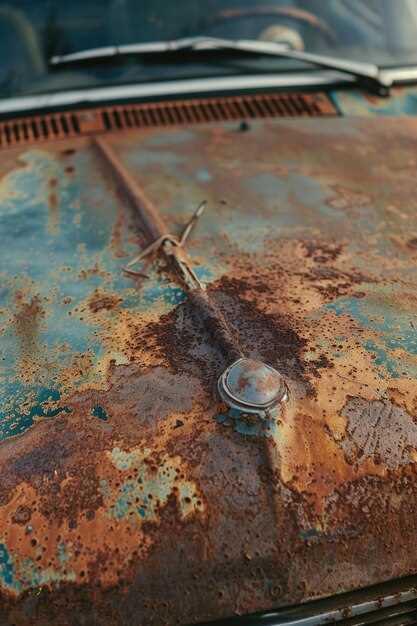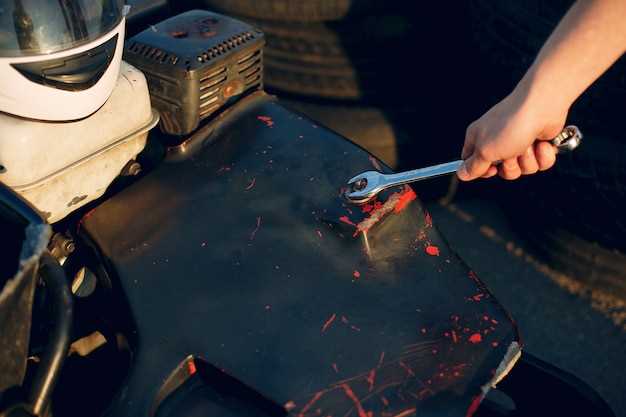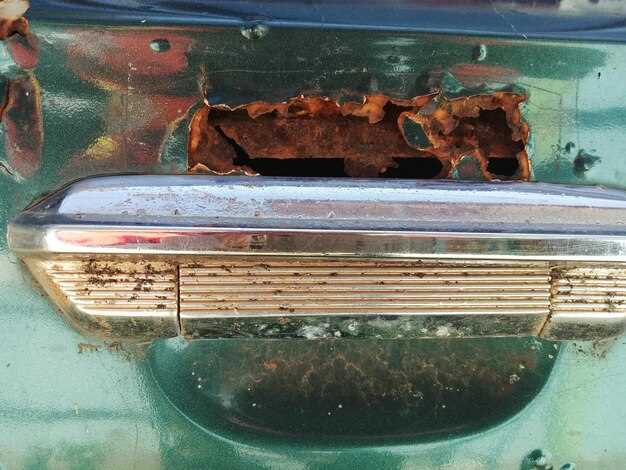
Rust formation on your vehicle can lead to severe damage, significantly affecting its appearance and value. The body of your car is particularly susceptible to rust, especially in climates with high humidity or frequent rainfall. Understanding the prevention strategies can help you maintain your vehicle’s integrity and ensure its longevity.
Rust is essentially a form of corrosion that occurs when iron or its alloys react with oxygen and moisture. By implementing effective prevention techniques, vehicle owners can create a protective barrier against the elements. Regular maintenance, careful inspections, and prompt repairs can substantially minimize the risk of rust, keeping your vehicle looking new for years to come.
In this article, we will explore practical tips that will help you stop rust formation on your vehicle, emphasizing the importance of proactive care and maintenance. From choosing the right protective coatings to ensuring proper drainage, these strategies will empower you to safeguard your vehicle’s body from the damaging effects of rust.
Regularly Inspect and Maintain the Underbody

One of the most effective strategies for rust prevention is to regularly inspect and maintain the underbody of your vehicle. The underbody is susceptible to corrosion due to exposure to moisture, road salt, and debris. By making it a routine practice to check this area, you can catch any early signs of rust before they escalate into more severe issues.
Start by elevating your vehicle safely using ramps or a lift. This will allow you to gain clear access to the underbody. Inspect the frame, suspension components, and exhaust systems for any signs of rust or damage. Pay special attention to the areas where dirt and moisture can accumulate, as these spots are often the first to show deterioration.
If you notice any rust spots, address them immediately. You can remove surface rust using a wire brush or sandpaper, followed by applying a rust-inhibiting primer and paint. This not only helps in stopping existing rust but also acts as a barrier against future corrosion.
Additionally, consider using protective coatings, such as underbody sealants or rustproofing products, to provide extra defense against moisture and salt. These products can significantly prolong the longevity of your vehicle’s body and prevent the onset of rust.
Regular maintenance and cleaning are also crucial. After winter driving or exposure to harsh weather conditions, wash the underbody thoroughly. This will remove any salt or debris that could contribute to rust formation.
By committing to regular inspections and maintenance of the underbody, you enhance your vehicle’s longevity and reduce the risk of rust damage, ensuring a safer and more reliable driving experience.
Apply Protective Coatings and Sealants
One of the most effective strategies for prevention of rust on your car is the application of protective coatings and sealants. These products create a barrier between the metal surfaces of your vehicle and environmental elements that contribute to rust formation, such as moisture, salt, and dirt.
There are several types of coatings available, including waxes, ceramic coatings, and polymer sealants, each providing different levels of durability and protection. Waxes are relatively easy to apply and can offer a temporary shield against corrosion. However, for longer-lasting results, ceramic coatings or polymer sealants are recommended, as they adhere to the vehicle’s surface more effectively and provide robust protection against harsh weather conditions.
When applying these products, ensure the car’s surface is clean and free from contaminants. This allows the coating to bond properly, maximizing its rust prevention capabilities. Regular maintenance is also crucial; reapplying the sealant periodically or after washes can help maintain the protective layer and extend the life of your vehicle’s exterior.
Investing time and resources in applying protective coatings not only enhances the appearance of your car but significantly reduces the risk of rust, ensuring your vehicle remains in optimal condition for years to come.
Choose the Right Washing Techniques for Your Car

Proper washing techniques are essential for rust prevention on your vehicle. Regular cleaning removes dirt, grime, and salt that can lead to corrosion over time. To effectively wash your car, start by using a high-quality car shampoo that is specifically formulated to break down contaminants without damaging the paintwork.
Begin with a thorough rinse using a pressure washer or a hose to eliminate loose debris. Use a microfiber sponge or cloth to apply the shampoo, avoiding brushes that can scratch the surface. Wash from top to bottom, working in sections to ensure complete coverage and prevent the soap from drying on the paint.
Always rinse the sponge frequently to avoid sediment buildup, which can cause scratches. After washing, it’s crucial to rinse the vehicle thoroughly to remove all soap residues. Leftover soap can trap moisture against the metal, increasing the likelihood of rust formation.
Once rinsed, dry the car using microfiber towels. Prompt drying prevents water spots and reduces the risk of rust developing in hidden areas. Pay special attention to crevices, wheel wells, and undercarriage, as these spots can retain water and promote rusting.
Additionally, consider washing your car in a shaded area or when it is cooler outside. Direct sunlight can cause soap to dry too quickly, making it harder to rinse away contaminants and increasing the chances of water spots. By following these washing techniques, you can significantly contribute to the prevention of rust on your vehicle.




